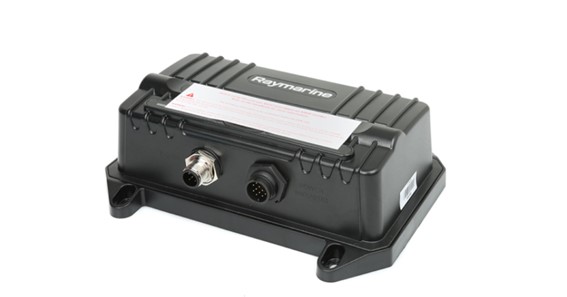Introduction
AIS transponders have become an integral part of the maritime industry, offering a range of benefits from enhanced safety to improved navigation capabilities. The primary function of these devices is to transmit and receive navigational information between vessels on the water, allowing ships and boats to identify, track, and communicate with each other. An AIS transponder is a key component of the Automatic Identification System (AIS) network, which is a global system used by maritime authorities and ship owners to keep track of vessel locations, speeds, headings, destinations, cargo information, and other vital data. This article explores the uses, benefits, and potential drawbacks of AIS transponders in detail.
Definition of AIS Transponders
AIS transponders are electronic devices used to monitor and track ships and other vessels at sea. They are installed on board the vessel and broadcast data regularly via VHF radio signals. This information can then be picked up by coastal stations or satellites from around the world. The transponder also receives AIS messages from other ships in its vicinity so that it can determine their location as well as its own.
The AIS transponder contains several components such as an antenna for transmitting/receiving VHF signals, a GPS receiver for determining location information of the ship, a processor for handling incoming/outgoing messages from other ships nearby, and an LCD display for presenting collected data to crew members onboard the vessel. The AIS signals are transmitted continuously to provide accurate real-time updates on vessel locations.
How AIS Transponders Work
AIS transponders use Automatic Identification System (AIS) signals, which contain the identification details of a vessel including its name, type of ship, call sign, and size. These signals are transmitted at regular intervals through an antenna connected to the transponder unit aboard the vessel. The signal can be received by AIS receivers located anywhere within range of the transmitting antenna’s signal. Onshore receivers then forward this information to databases where it is made available for tracking purposes or for incorporation into navigational charts.
The transmission frequency used by AIS transponders is distinct from other marine VHF frequencies so that it does not interfere with normal radio communications systems onboard vessels or with shore-based radio systems such as air traffic control towers or coast guard stations. This ensures that all vessels using AIS technology can be accurately identified without causing interference with any other communication systems.
Applications of AIS Transponders
AIS transponders are essential pieces of equipment used in the maritime industry to track and identify vessels. They allow for real-time vessel tracking and provide information on a vessel’s position, course, speed, and other operational data. AIS transponders are also used to facilitate communication between vessels, as well as between a vessel and shore-based systems. This makes them an invaluable tool for safe navigation, avoiding collisions at sea and monitoring the movement of vessels in congested waters.
The most common applications of AIS transponders include:
- Vessel Traffic Management: AIS transponders can be used to monitor traffic in congested waters such as ports or busy shipping lanes by providing real-time information on the position, speed, and course of nearby vessels. This can help reduce risks associated with close quarters navigation by allowing mariners to detect potential hazards earlier than they would be able to do with traditional methods such as radar or visual sighting alone.
- Maritime Search & Rescue: In addition to providing valuable positional data for search & rescue operations, AIS transmitters are also used by rescue teams when locating survivors from downed ships or aircraft at sea during large scale search & rescue operations due their ability to transmit signals over long distances.

